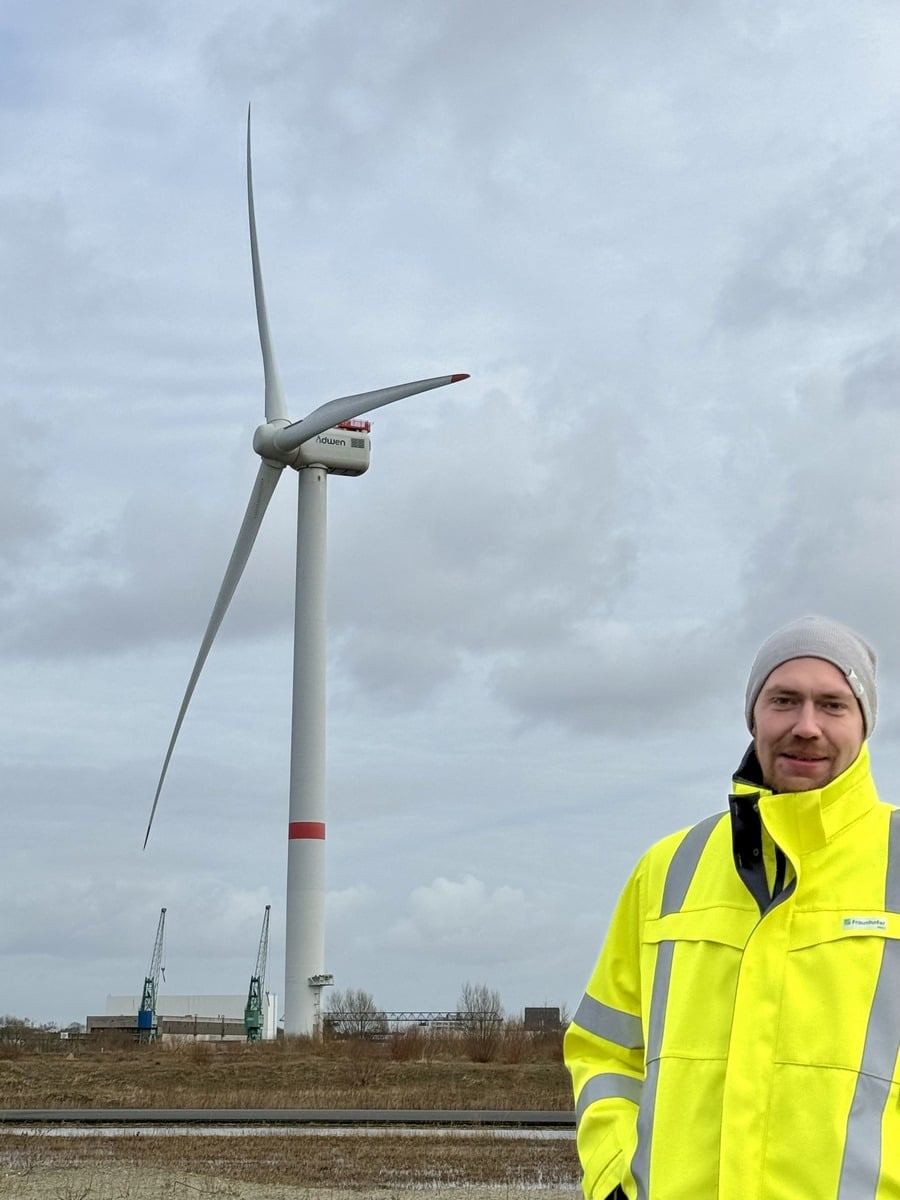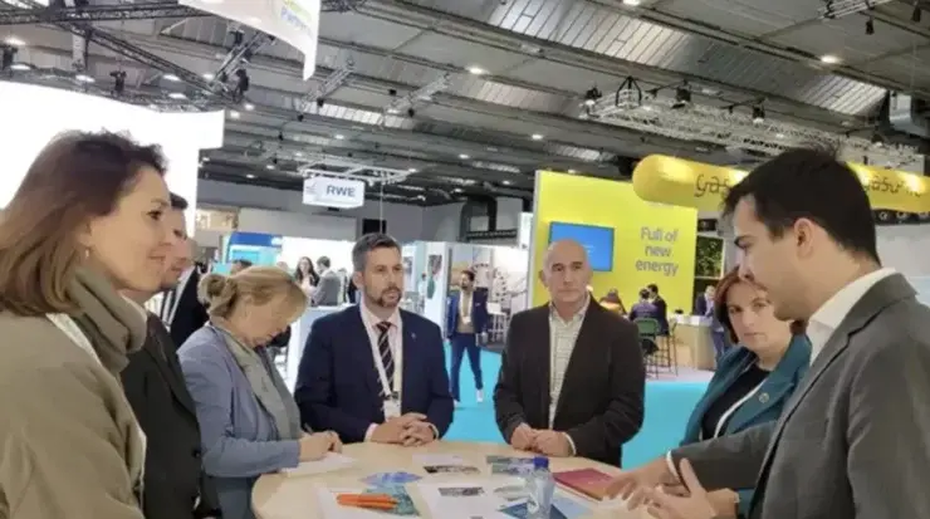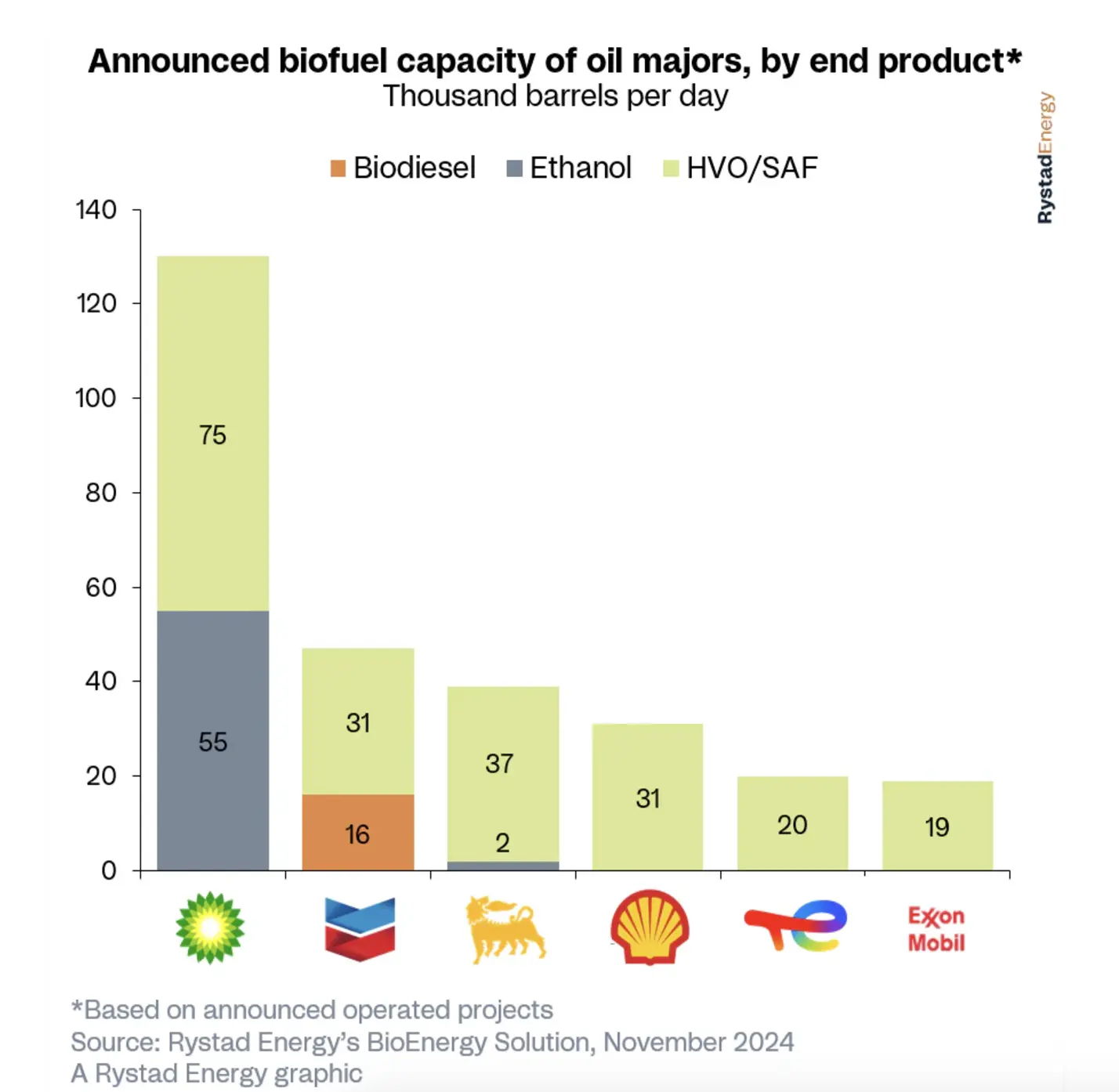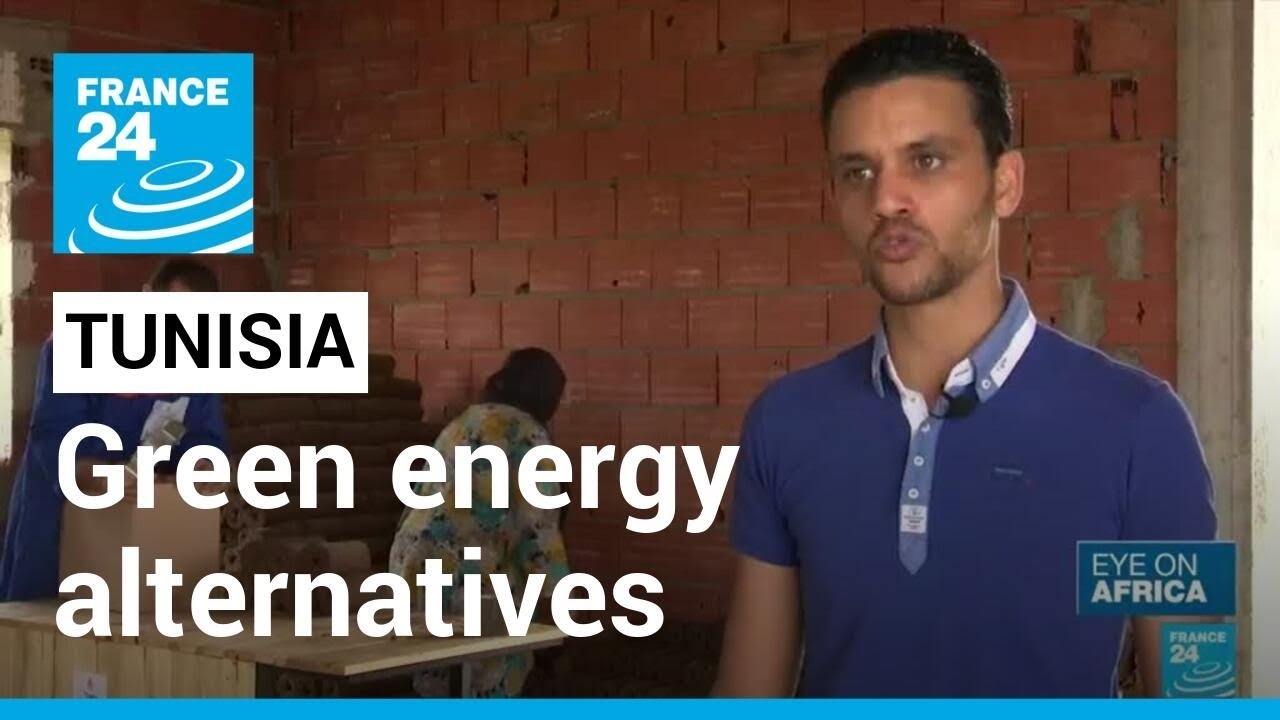
Electrolyzers on the test bench
In Hydrogen Lab Bremerhaven, manufacturers and operators of electrolyzers can put their systems to the test. The fluctuating feed-in of wind power is, in contrast to the steady mode of operation, a challenge. How the associated complex processes can be optimized engineers are now testing in real operation.
A gray, windy day in Bremerhaven – a city near the North Sea in Germany. The engineer Kevin Schalk from research institute Fraunhofer IWES showed me the Hydrogen Lab Bremerhaven (HLB) – an extensive open-air test site. It is located next to a blue-painted hangar at the former airport Luneort and contains the most important building blocks for a climate-neutral energy system: a PEM electrolyzer, an alkaline electrolyzer, three compressors, low-pressure and high-pressure storage vessels for hydrogen (up to 40 bar or up to 425 bar), fuel cells and a hydrogen-capable combined heat-and-power plant.
“Our Hydrogen Lab is modular and designed for maximum flexibility,” says Kevin Schalk. All components of the test field are connected to each other by trench routes in which the power and data cables as well as the hydrogen lines run. The pipes for water and wastewater are laid underground. Uniting the installations is the control room, in which all the information comes together and from where the components are monitored and controlled.
Between the plants, there are free spaces where manufacturers or operators can have their own electrolyzers tested. This means that each test specimen can be investigated independently of tests in other parts of the laboratory, states Schalk. If needed, the opposite is also possible: The test specimen can be operated together with other parts of the hydrogen laboratory.
Around the H2 test site, meadows stretch as far as the horizon, dotted with wind turbines. At eight megawatts, the most impressive plant of this kind is located directly next to the open-air laboratory; a gray giant whose rotors turn leisurely in the wind. “When the AD8-180 went into operation in 2016, it was the largest wind turbine in the world” says Kevin Schalk, who is director of Hydrogen Lab Bremerhaven (HLB). The elongated rotor blades indicate that the prototype was actually intended for use at sea. Now, the plant will soon be used to test the production of hydrogen from wind power under real conditions. Up to one tonne of green gas is to be produced there every day.
Direct comparison of different electrolyzers
The team around Kevin Schalk will address the question of how different types of electrolyzers interact with a wind energy plant on a real scale. On the one hand, there is the 1-megawatt PEM electrolyzer that splits distilled water into hydrogen and oxygen. This type of water splitting takes place in an acidic environment, in contrast to alkaline electrolysis in an alkaline milieu. Potassium hydroxide solution (KOH) in a concentration of 20 to 40 percent is used as the electrolyte.
An alkaline electrolyzer (AEL) possesses an anion exchange membrane, thus allowing the OH– ions to pass through. It is cheaper to purchase and distinguishes itself by long-term stability. The most expensive components of an electrolyzer are the stacks as well as the power electronics, so the rectifier and transformer. The question of efficiency, according to Schalk, can hardly be given a blanket answer – at least for complete systems.
If an electrolyzer is operated with fluctuating electricity from renewable energies instead of continuously as in normal operation, this is a challenge for various reasons: A dynamic driving mode puts more strain on the materials, and it can come to a gas contamination in partial load operation, which ultimately leads to shut-down of the system. In the HLB, various operating states are to be compared with each other, so full load or partial load; in addition to the start times from cold or warm standby.
“We can set, for example, the operating mode of an electrolyzer to the seven-day forecast of the wind turbine and then test this operating mode,” explains the engineer. “Together, our electrolyzers can absorb a maximum of 2.3 megawatts. So far, there is generally little data and knowledge about how megawatt electrolyzers behave with fluctuating wind power. The available data are mostly simulations and studies based on measured data in smaller systems and then extrapolated,” he adds.
Unique selling point of the H2 research laboratory
A few hundred meters away from the test laboratory is the Dynamic Nacelle Testing Laboratory (DyNaLab) of Fraunhofer IWES, a large nacelle test stand with a virtual 44?MVA medium-voltage grid. To this, the Hydrogen Lab is also connected, which allows the electrical integration of the systems into the power grid to be tested. “Dynamic changes in grid frequency or voltage dips can be simulated in this way in order to investigate the effects on an electrolyzer, for example,” says Kevin Schalk. This is a unique selling point and enables researchers to test what will become increasingly important in the future: electrolysis in grid-stabilizing operation. This also includes the two technical options for reconversion to electricity: the hydrogen-capable combined heat-and-power plant and the fuel cell systems.

Fig. 2: Shipping container solution with various hydrogen storage vessels (left) and combined heat-and-power plant
A layman can hardly imagine how difficult it is to set up such a highly complex system in one location. The electrolyzers alone require more than just a water connection from which the water is first sent to a treatment unit so that it is ultra-pure before it can be fed into the electrolyzer stack, explains Kevin Schalk. The hydrogen that is then generated must also be treated and the remaining water removed, which occurs in a drying unit. In addition, the oxygen released during water splitting must be collected and stored safely. Ideally, the oxygen could be used for further applications, for example in an industrial or commercial operation or in a sewage treatment plant.
“And that was just the water; now comes the electricity side,” continues Kevin Schalk. “We have the connection to the public power grid, so we may still have to transform it to achieve the right voltage level. This is followed by the inverter to switch from AC to DC voltage. Then, the current goes into the stacks of the water splitting unit. Whenever the grid “twitches,” so the frequency or voltage changes beyond a certain level, the electrolyzer after it must be able to cope with it. And if the power electronics are not set correctly, the system switches off,” he adds.
In addition, the thermal side of the system must be taken into account. “Initially, the electrolyzer must be heated,” explains Kevin Schalk. “Later, when it is running constantly, it usually needs to be cooled in order to maintain the optimum operating point in each case. This is inevitably accompanied by energy losses,” he adds. That’s it for the PEM electrolyzer. With alkaline electrolysis, the potassium hydroxide solution still has to be removed and recycled.
Getting fit for offshore use
Another key topic for the research lab is taking place as part of the government-supported pioneer project (Wasserstoff-Leitprojekt) H2Mare. Involved is a 100-cubic-meter (3,531-cubic-foot) seawater basin as well as a desalination plant, for which the waste heat from the electrolyzers will be used. This is based on the realization that, in densely populated Germany, larger quantities of green hydrogen are most likely to be produced at sea. Therefore, the electrochemical process for splitting water must be suitable for use on the high seas, because in future electrolyzers will also be connected directly to offshore wind turbines. This in turn requires coupling with a seawater desalination plant, and this combination is energetically favorable because the waste heat from the electrolyzer can be used for the desalination.
Engineer Schalk points out that he and his colleagues adhere to the German or European regulations in all their investigations, such as the EU sustainability certification for compliance with RED II (Renewable Energy Directive). It specifies the conditions under which hydrogen can be certified as “green,” and that is exactly what they want to produce here. “The customers need guaranteed green hydrogen, for example for public transit buses,” he says. An H2 refueling station for commercial vehicles has been built in the bus hub of Bremerhaven. In addition to public transit, there are other potential customers in the region: for example, a shipping company that wants to operate its ship in Cuxhaven with gaseous hydrogen. Or the public mobility company Eisenbahnen und Verkehrsbetriebe Elbe-Weser (EVB) as operator of the hydrogen trains for the regional railroad in Niedersachsen.
Hydrogen Lab Bremerhaven is cooperating with Norddeutsches Reallabor, a large-scale research project funded by the German economy ministry in which several German states are advancing sector coupling based on hydrogen. HLB receives funding totaling around 16 million euros from the European Development Fund as well as the German state of Bremen. In May of this year, the HLB will go from trial to normal operation and will initially produce a good 100 metric tons of hydrogen per year. In the second phase, Kevin Schalk expects over 200 tonnes. “We will be the first large-scale production facility for green H2 in northern Germany,” he says.

Fig. 3: View over the HLB with free working spaces – the control center on the left







